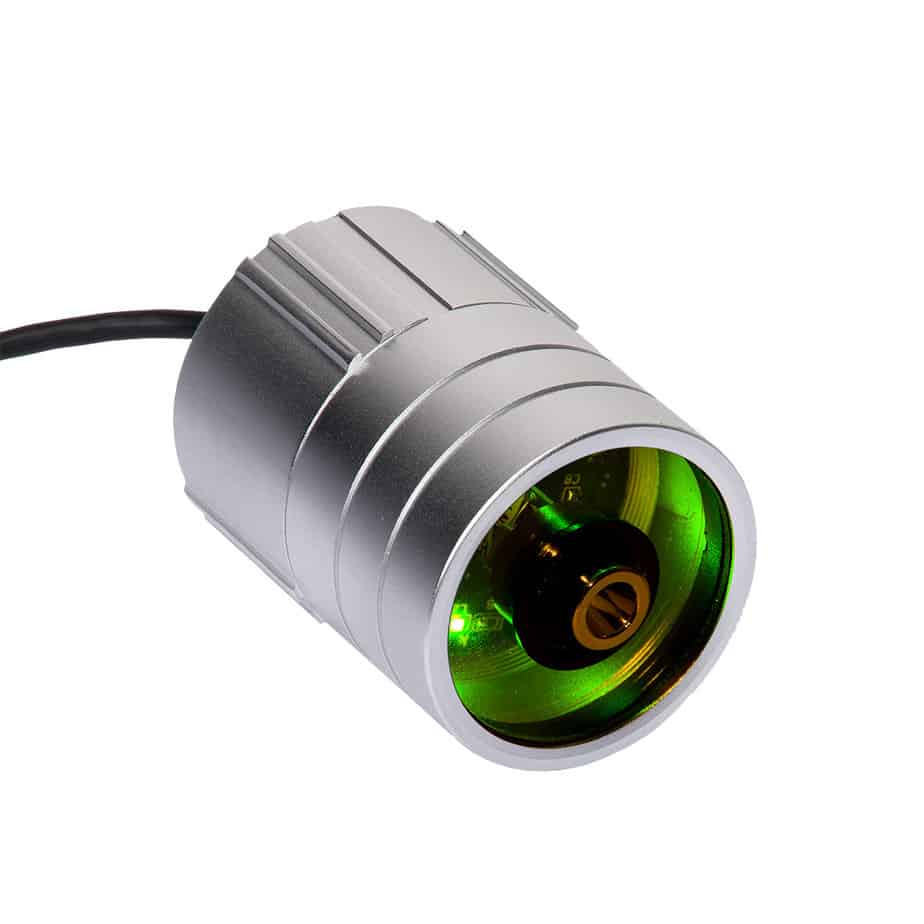This time, I plan to use a VPD chart during the growth process.
As a proof of concept (POC), I set up a Raspberry Pi with DHT22 sensors to read temperature and humidity data. Based on this data, I calculate the VPD (air). Additionally, I use two adjusted parameters: VPD (leaf) at -2°C and +2°C compared to the current air temperature.
The application exposes metrics and calculated values, which are collected by Prometheus and displayed on a Grafana dashboard.
On the dashboard, there are data/graphs for three growth stages, along with a calculation of how much humidity needs to be adjusted in the given situation (based on VPD air, leaf -2, and leaf +2).
How well this works in practice remains to be seen. However, this is definitely the fastest way to determine if you're on the right track when following the VPD chart.
This is how my dashboard looks like:

As a proof of concept (POC), I set up a Raspberry Pi with DHT22 sensors to read temperature and humidity data. Based on this data, I calculate the VPD (air). Additionally, I use two adjusted parameters: VPD (leaf) at -2°C and +2°C compared to the current air temperature.
The application exposes metrics and calculated values, which are collected by Prometheus and displayed on a Grafana dashboard.
On the dashboard, there are data/graphs for three growth stages, along with a calculation of how much humidity needs to be adjusted in the given situation (based on VPD air, leaf -2, and leaf +2).
How well this works in practice remains to be seen. However, this is definitely the fastest way to determine if you're on the right track when following the VPD chart.
This is how my dashboard looks like:

